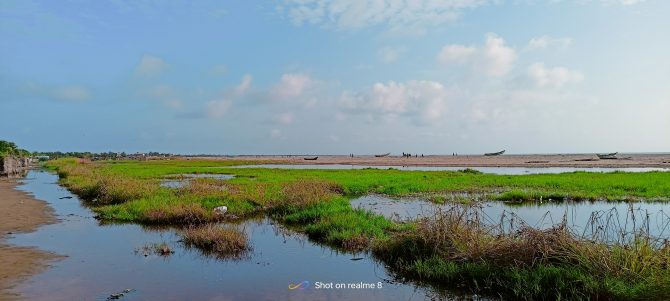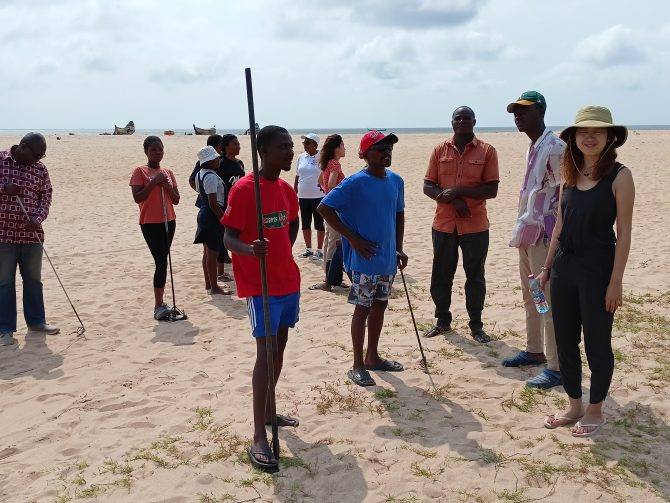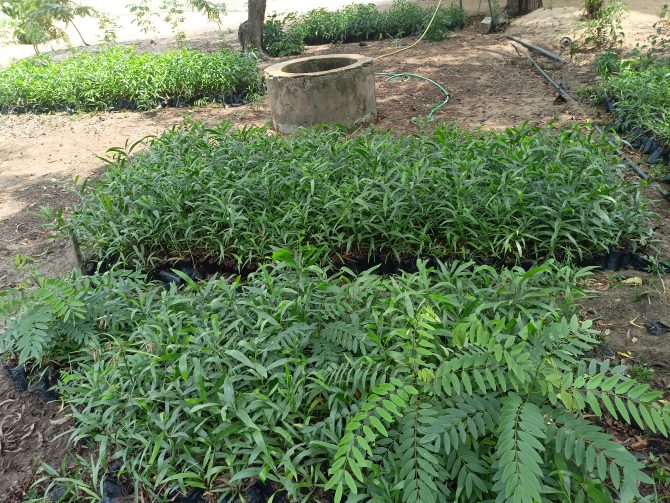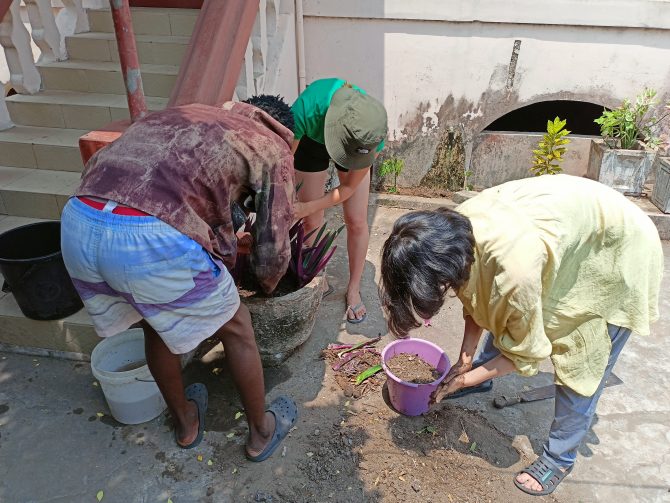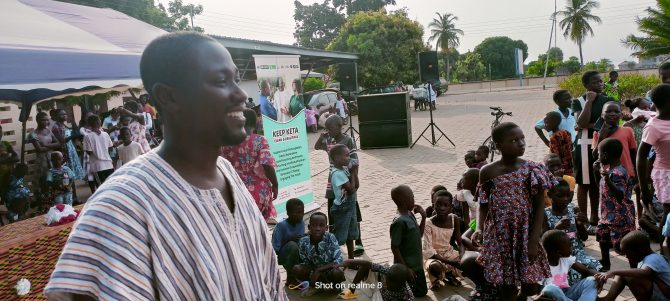2021 GHANA
Participatory Restoration of Keta’s Socio-ecological Production Landscapes and Seascapes
Small Action For Enterprise (SAFE GHANA)
Community / field-based implementation
Seascape
Overview
Keta Lagoon lies in the far south-east of Ghana near the international frontier with Togo. The lagoon is an extensive, brackish water body located in the east of the Volta River estuary. The area of open water varies with the season but is estimated to be about 30,000ha, stretching for 40 km along the coast and separated from the sea by a narrow ridge with inflows from rivers. Over-dependence on natural resources for livelihoods like fishing and fuelwood, pollution from plastic waste, sea level rise, and coastal erosion threaten the townships of the area.
The main objective of the project was to demonstrate how to restore and revitalize Keta Ramsar sites and SEPLS to conserve ecosystem services and benefit the fishing community, including families in Keta.
SAFE Ghana collaborated with universities from Ghana and Japan as well as the Office of the Member of Parliament and Local Authorities and conducted the following activities:
- Project launch workshop and awareness creation meeting
- Weekly radio programme on awareness raising for a sound environment
- Support for capacity building of the fishing community in Keta to improve sustainable fish processing and production
- Setting up ecotourism homestays and composting toilets
- Training at, and installation of, organic school farms at Keta Roman Catholic School
- Establishment of beach sanitation campaign named Keep Keta Clean and Beautiful Campaign
- Resource mobilisation to support resilience of Keta SEPLS and formulation of new IPSI collaborative activities and proposals
- Donor and private sector engagement and validation workshops on Keta SEPLS
Key achievements
- Stakeholders instituted broad-based community management of the SEPLS in Keta through the Keep Keta Clean and Beautiful Campaign.
- New livelihood opportunities in homestay tourism, sustainable fish processing, and organic school farms were promoted.
- New opportunities for donor engagement emerged in tree crop and aquaculture development, nature-based solutions for flood disaster management, and promotion of ecotourism. Five new proposals and concepts were developed and received attention from five donors.
Lessons
- Multi-stakeholder partnerships were necessary for effective SEPLS management in densely populated coastal areas.
- A bottom-up approach to raise awareness and share knowledge yielded clean beaches, ecotourism, increased family income, and better management of SEPLS.
- Homestay tourism provided sustainable community-based tourism options for the local community.
- The requirement of funding resources for SEPLS management was highly underestimated.
Project location
Organisation

Small Action For Enterprise (SAFE GHANA)
- Sector
- Non-governmental / civil society
- Country
- Ghana
- Website/SNS
- https://www.safeghana.org/
Relevant projects
Projects of the same year
Aichi Biodiversity Targets
Aichi Biodiversity Targets
-
Biodiversity values integrated
-
Sustainable production and consumption
-
Sustainable management of marine living resources
-
Sustainable agriculture, aquaculture and forestry
-
Pressures on vulnerable ecosystems reduced
-
Protected areas increased and improved
-
Ecosystems and essential services safeguarded
-
Knowledge improved, shared and applied
Sustainable Development Goals
Sustainable Development Goals
-
Zero hunger
-
Good health and well-being
-
Responsible consumption, production
-
Climate action
-
Life below water
-
Life on land
-
Peace, justice and strong institutions
-
Partnerships for the goals
